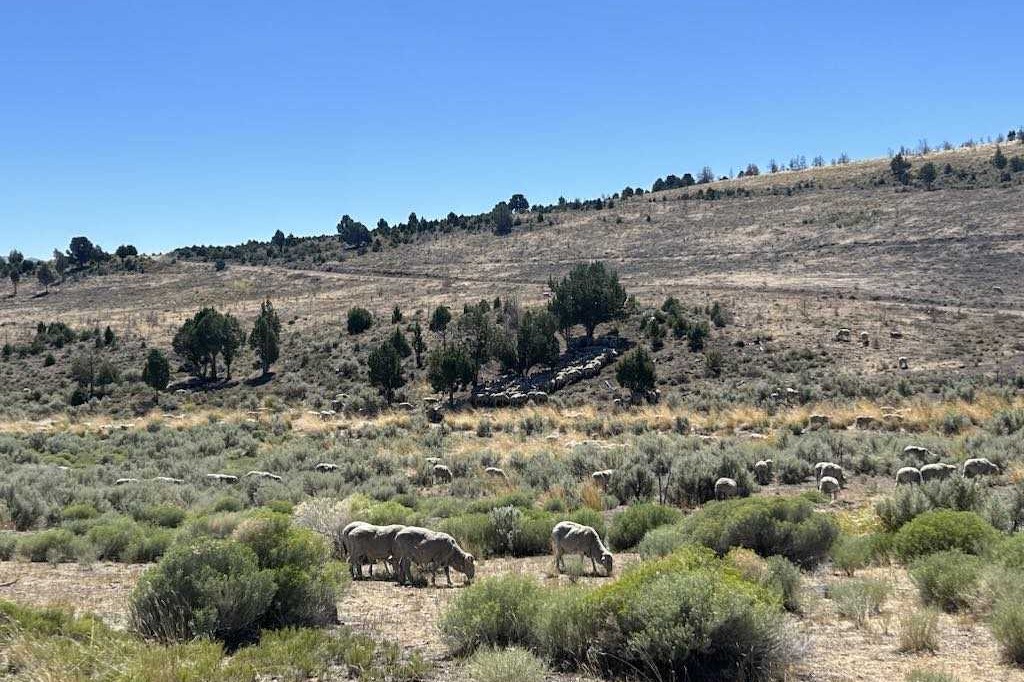How to buy the right bull
Being clear on your desired outcome is the first step to ensure you end up with a bull-team well suited to your particular needs.

Buy the best bull
The bull himself is just a mobile delivery system for genes. However, to deliver these genes effectively, he must produce plenty of live calves and not break down. Many catalogues will have structural scores on the bulls: remember that 5 is the optimum score. If structural scores are not provided, you will need to do the work yourself when you get to the sale. The industry is moving towards producing estimated breeding values (EBVs) for structural scores.
Other EBVs that will give you an insight into the bull’s future performance include:
- Docility (DOC): the higher the number, the calmer the bull and his progeny.
- Scrotal Size (SS): the more positive the number, the better the semen quality and quantity (and the more fertile the daughters).
- Calving Ease Direct (CE DIR): the more positive this number, the less calving difficulty in the heifers that you use the bull over.
- Birth Weight (BWT): a lower number means a bull’s progeny are lighter at birth, resulting in less calving difficulty.
- Gestation Length (GL): the more negative the number, the earlier the progeny from the bull will be born (aiding both calving ease and calving intervals).
To breed the best cows
The daughters of a bull are really what you are buying when you buy a bull. There are a range of EBVs that provide insight into how a bull’s daughters will perform:
- Calving Ease Daughters (CE DTRS): this is a measure of potential calving difficulties in the daughters of a bull (the higher the number, the easier the bull’s daughters will calve).
- Days to calving (DC): the more negative this number, the more fertile a bull’s daughters will be, getting in calf earlier in the mating period.
- Milk (MILK): in New Zealand, you are looking for an optimum number here (too low and the cows will produce poor calves; too high and a cow will put too much of its energy into milking and is less likely to get back in calf under tougher conditions).
To produce the best calves
Here we are talking about growth: the genetic capacity of a calf to consume plenty of feed and grow quickly. Look at the growth EBV that best describes the time you will cash in those animals. If you sell weaners, then the 200-day weight is the trait for you. If you sell them as forward stores (or you can finish them quickly), the 400-day weight might be for you. The 600-day weight could be best if you sell them at higher carcass weights.
To produce great beef
This is what it is all about. The EBVs that help you achieve this outcome include:
- Intramuscular Fat (IMF): the more positive the number here, the more marbling the bull’s progeny will have.
- Eye Muscle Area (EMA): the more positive the number, the better muscling and the more weight in the high-value prime cuts the progeny will have.
- Rib Fat (RIB): enough fat cover is important for earlier finishing; too much can mean a lot of trimming.
In the most efficient way
Production efficiency is about producing the most product from the finite resource of pasture. It also means using the animal to store energy during abundant times to use in times of pasture shortfall. You can consider the following:
- Mature Cow Weight (MCW): the bigger the cow, the more feed she will need. So the focus is on keeping MCW as low as possible, relative to growth traits.
- Rump Fat (RUMP): the ability of cows to store energy and maintain condition for longer into tough periods is a key feature of the
New Zealand beef cow. Buying bulls with moderately positive RUMP breeding values will benefit overall efficiency. - Net Feed Intake-Feedlot (NFI-F): if you are finishing your sale animals on expensive forages or grain, this is a trait to consider.
Dr. Mark Ferguson – Senior Genetics Consultant And CEO at neXtgen Agri




